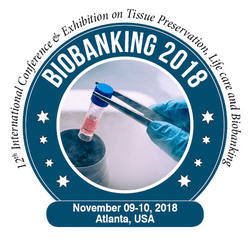Heidi Ulrichs
University of Georgia, USA
Title: Generation of sympathoadrenal progenitor cells from human pluripotent stem cells
Biography
Biography: Heidi Ulrichs
Abstract
Our goal is to develop a protocol to differentiate sympathoadrenal progenitor (SAP) cells from human pluripotent stem cells (hPSCs). The hPSCs’ ability to self-renew and differentiate into any cell type of the body within the embryo and in vitro makes them a powerful tool to study early embryonic development, model diseases affecting specified cell types, conducting drug screening, and drug testing. During development, hPSCs diff erentiate into ectoderm, which then gives rise to neural crest (NC) cells that further diff erentiate into SAPs. SAPs can then give rise to sympathetic neurons, chromaffin cells, and small intensely fluorescent (SIF) cells. Generating these cells from patients PSCs is relevant to study diseases that affect them including neuroblastoma, adrenal medulla malignancies, and different genetic disorders affecting sympathetic neurons, like Familial Dysautonomia (FD). In our approach, we initiate hPSC diff erentiation in a monolayer. From there, SOX10-expressing NC cells are induced by TGFβ inhibition and activation of WNT and BMP4. Then they are differentiated towards SAP using WNT, BMP4, neuregulin, SDF1, and retinoic acid. The SAP is compared to cranial- and vagal-NC as controls. We identified robust SOX10 and HNK1 expression followed by expression of medium to lower HOX genes and SAP-specific gene markers. In conclusion, we developed a protocol to generate SAPs in vitro from hPSCs. Overall, the SAP protocol will allow researchers to investigate diseases affecting those cell types.

